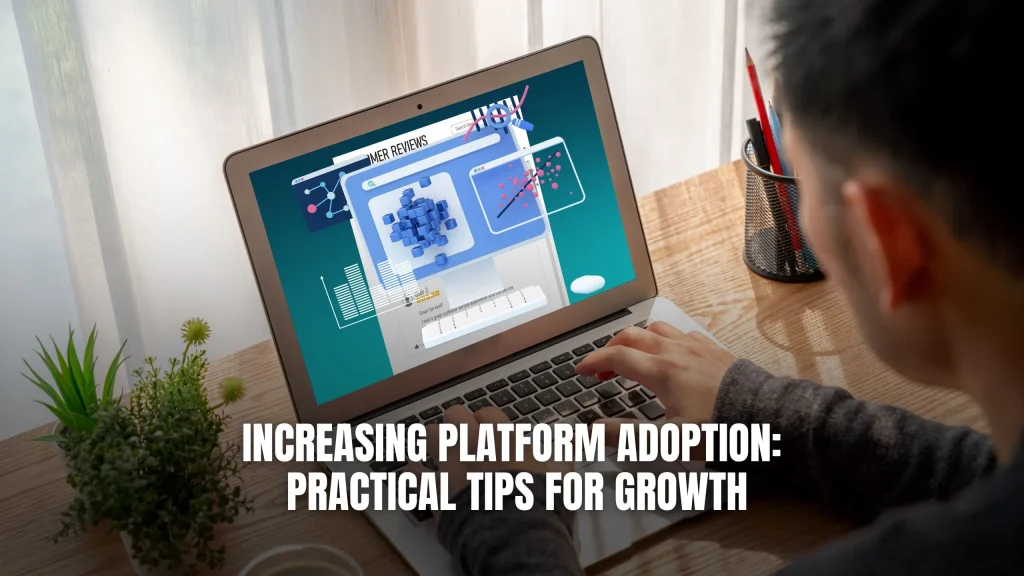Skype Software Model: Understanding Service Classification

Skype Software Model: Understanding Service Classification
Skype, the popular communication platform, has evolved significantly since its inception. Understanding its software model and service classification is essential for users and businesses alike. In this article, we’ll delve into the intricacies of Skype’s software model and clarify its service classification to provide a comprehensive understanding for all stakeholders.
Deciphering Skype’s Software Model
Skype operates on a software-as-a-service (SaaS) model, offering its communication services over the internet without the need for users to install or maintain software locally. This cloud-based approach allows users to access Skype’s features and functionalities through web browsers or dedicated applications on various devices, including computers, smartphones, and tablets.
1. Real-time Communication
At its core, Skype provides real-time communication services, enabling users to make voice and video calls, send instant messages, and conduct conference calls with individuals or groups. This synchronous communication model facilitates seamless interaction and collaboration across geographical distances.
2. Multimedia Messaging
Skype also supports multimedia messaging, allowing users to exchange text messages, images, videos, and files in real-time. This feature-rich messaging functionality enhances communication flexibility and enables users to share information and media content effortlessly.
3. Collaboration Tools
In addition to communication services, Skype offers collaboration tools such as screen sharing and file sharing, empowering users to collaborate effectively in remote work settings. These tools facilitate interactive presentations, document reviews, and collaborative work sessions among team members.
4. Integration Capabilities
Skype integrates with various productivity tools and platforms, including Microsoft Office applications, Outlook, and third-party services like Slack and Trello. This seamless integration enhances workflow efficiency and enables users to access Skype’s communication features within their existing productivity ecosystems.
Is Skype a SaaS or PaaS?
Understanding Service Classification
Skype falls under the category of SaaS (Software-as-a-Service), as it provides users with access to its communication platform as a fully managed service over the internet. Users do not need to install or manage any infrastructure or software components, making it a classic example of SaaS delivery.
Relevance of Service Classification
Understanding Skype’s service classification is crucial for businesses and organizations evaluating communication solutions. By recognizing Skype as a SaaS offering, businesses can leverage its cloud-based capabilities to streamline communication, enhance collaboration, and scale their operations effectively.
Relevant SaaS Products for Communication and Collaboration
1. Microsoft Teams
Microsoft Teams is a comprehensive collaboration platform that combines workplace chat, video meetings, file storage, and application integration. With Teams, users can seamlessly communicate and collaborate with colleagues in real-time, fostering productivity and teamwork.
2. Zoom
Zoom is a leading video conferencing and collaboration platform that enables users to host virtual meetings, webinars, and online events. With Zoom’s intuitive interface and robust features, users can connect with colleagues, clients, and partners from anywhere in the world.
3. Slack
Slack is a popular messaging app for teams that facilitates communication and collaboration in the workplace. With Slack, users can create channels, share files, and integrate with other productivity tools, streamlining communication and workflow management.
4. Google Meet
Google Meet is a video conferencing solution that allows users to host virtual meetings and collaborate in real-time. With Google Meet, users can connect with up to 250 participants, share screens, and record meetings for future reference.
5. Cisco Webex
Cisco Webex is a secure online meeting and collaboration platform that offers video conferencing, messaging, and file sharing capabilities. With Webex, users can host virtual meetings, webinars, and training sessions with ease.
Leveraging Subscribed.FYI for Enhanced Collaboration Solutions
For businesses seeking to enhance their communication and collaboration capabilities, Subscribed.FYI offers valuable insights and deals on a wide range of SaaS products, including communication and collaboration tools. By accessing Subscribed.FYI, users can discover new solutions, compare features and pricing, and make informed decisions to optimize their collaboration workflows and achieve greater efficiency in their operations.
Relevant Product Links:






